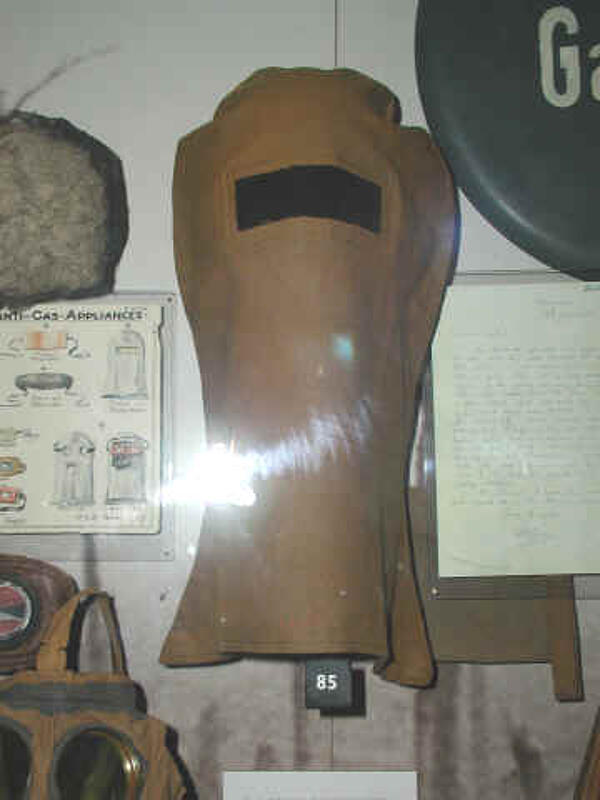Gas masks in World War One
Gas masks were initially not considered an important piece of equipment in World War One. This is until poison gas attacks took the Allies on the Western Front by surprise, resulting in many casualties.
Early gas mask designs were crude as poison gas attacks had not been expected, and as such they provided little protection. Some, such as the British Hypo helmet, were also easy to break, resulting in many soldiers receiving no protection at all. However, when dipped in anti-gas chemicals, they could still provide relief. These chemicals included:
- Sodium hypo sulphate
- Washing Soda
- Glycerine
- Water

Despite offering little help to soldiers, the hypo helmet did provide British troops with an indication that something was being done to help them get through gas attacks, which boosted morale. However, as the use of poison gas increased, it was important that a more sophisticated form of protection was developed.
The British small box respirator provided better protection than the hypo helmet. First introduced in April 1916, just a few months before the Battle of the Somme, the helmet was quickly adopted as the preferred option and by January 1917, it was standard issue.

As a result of this more advanced mask, there were only 8,100 deaths as a result of poison gas for the entire duration of World War One, which is far fewer than were killed on the first day of the Battle of the Somme alone.
MLA Citation/Reference
"Gas masks in World War One". HistoryLearning.com. 2026. Web.
